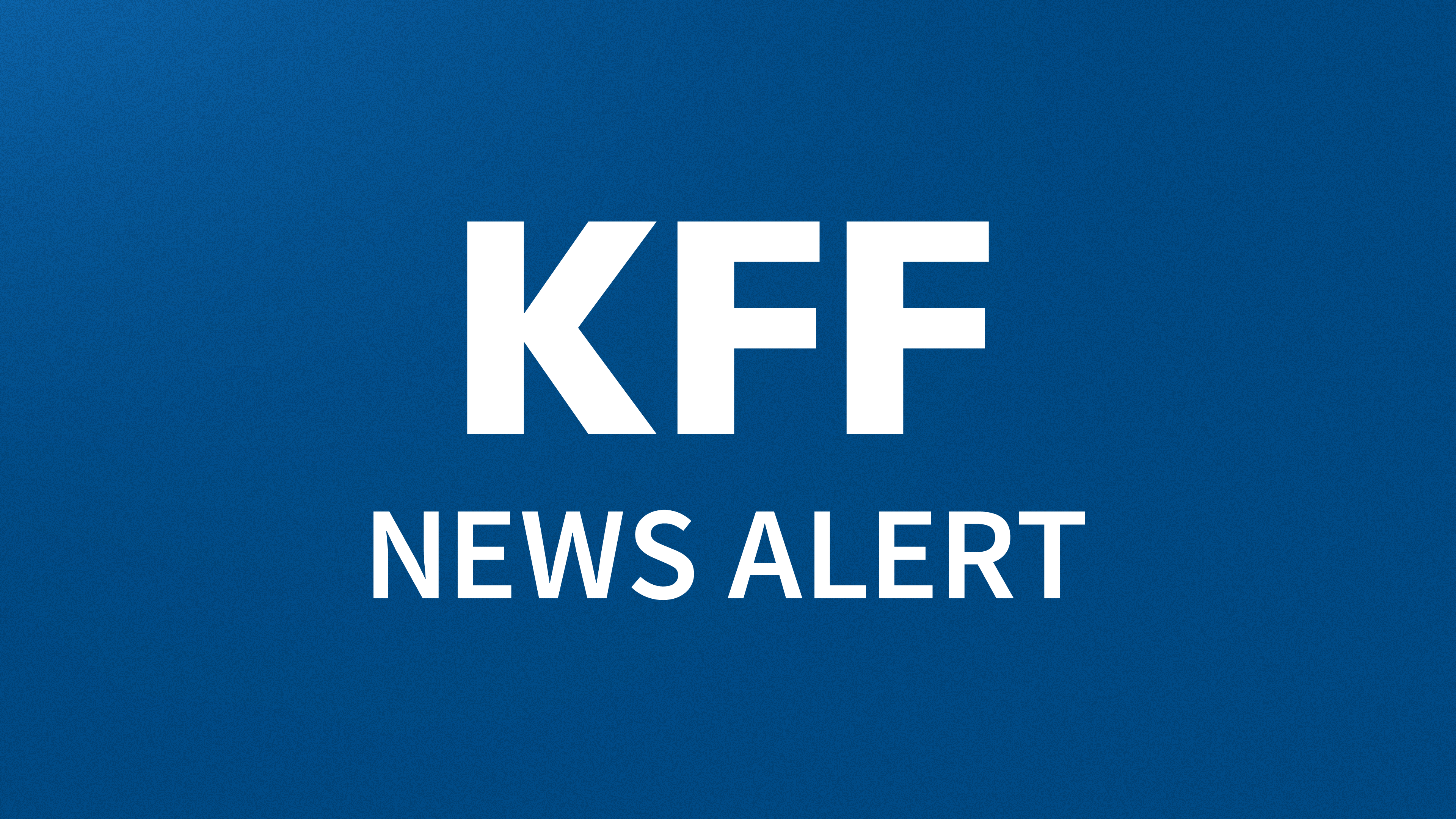ACA Marketplace insurers are proposing a median premium increase of 15% for 2026, according to a new analysis of preliminary rate filings. Based on the early indications, individual market insurers will introduce the largest hike in premiums since 2018, the last time policy uncertainty contributed to sharp premium growth.
Across the 105 ACA Marketplace insurers in 19 states and DC that have submitted rate filings so far, most are requesting premium increases of 10% to 20% for 2026, and more than a quarter are proposing premium increases of 20% or more.
In addition to the anticipated growth in the cost of health care services, insurers have cited several policy changes that they expect to drive up rates next year, including the following:
- The expiration of the enhanced premium tax credits at the end of this year, which have made coverage more affordable and contributed to record-high enrollment in the ACA Marketplaces, is expected to drive up out-of-pocket premium payments by more than 75% on average and cause many healthier enrollees to drop their coverage.
- The impact of tariffs on some drugs, medical equipment, and supplies. Some insurers estimate that they could increase premiums by an average of 3% more than they otherwise would have.
Other factors could also affect premium changes, including the budget reconciliation legislation and Marketplace Integrity and Affordability rule, both of which were enacted and finalized after many of these insurers submitted their preliminary rate filings. Finalized 2026 rate changes are expected to be published in late summer.
Subsidized enrollees are generally shielded from annual rate increases as their tax credits keep premium payments capped at a portion of their income.
However, with enhanced tax credits set to expire later this year if Congress takes no action to extend them, subsidized enrollees will pay more because they have less financial assistance. Middle income people with incomes above four times the poverty level would no longer be eligible for assistance and would have to shoulder the full premium.
The full analysis and other data on health costs are available on the Peterson-KFF Health System Tracker, an online information hub dedicated to monitoring and assessing the performance of the U.S. health system.
Publisher: Source link










